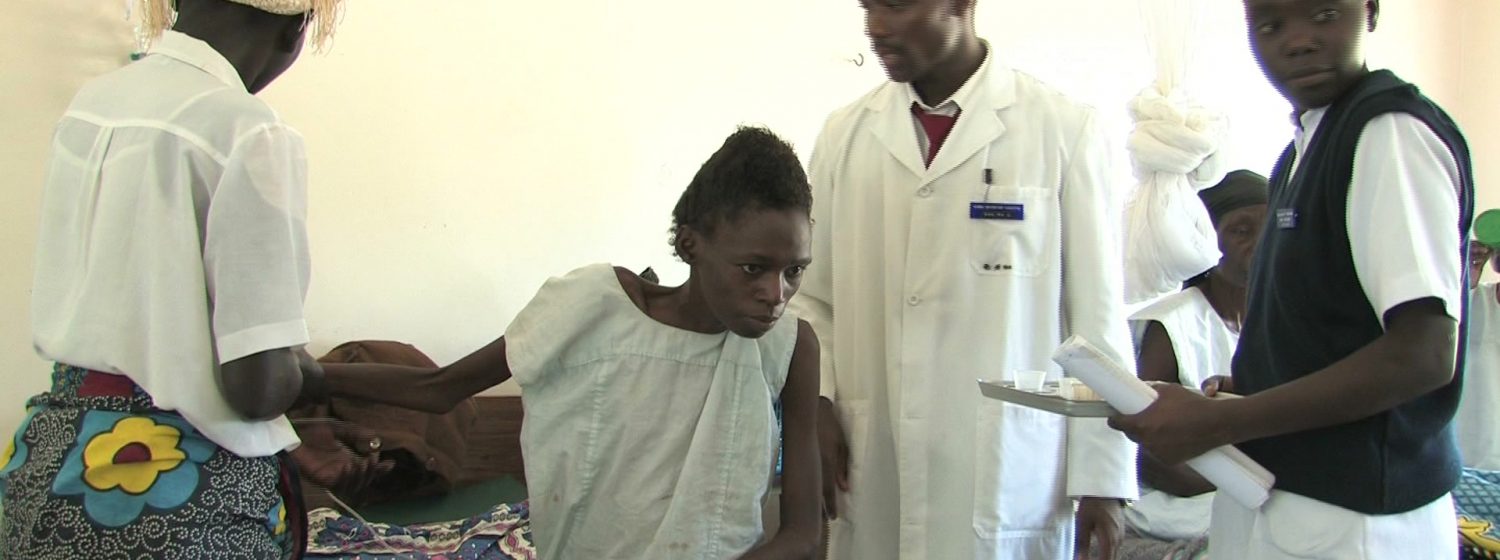

Africa TB Week
Key Facts:
- Tuberculosis (TB) is one of the top 10 causes of death worldwide.
- In 2015, 10.4 million people fell ill with TB, and 1.8 million died from the disease (including 0.4 million among people with HIV). Over 95% of TB deaths occur in low- and middle-income countries.
- Six countries account for 60% of the total, with India leading the count, followed by Indonesia, China, Nigeria, Pakistan, and South Africa.
- In 2015, an estimated 1 million children became ill with TB and 170,000 children died of TB (who were HIV-negative).
- TB is a leading killer of HIV-positive people: in 2015, 35% of HIV deaths were due to TB.
- In 2015, an estimated 480 persons became ill with multidrug-resistant TB (MDR-TB) worldwide.
- TB incidence is falling at 1.5% per year on average since 2000. This needs to accelerate to a 4-5% annual decline to reach the 2020 milestones of the End TB Strategy.
- An estimated 49 million lives were saved through TB diagnosis and treatment between 2000 and 2015.
- Ending the TB epidemic by 2030 is among the targets of the recently adopted Sustainable Development Goals.
About TB
Tuberculosis (TB) is caused by bacteria (Mycobacterium tuberculosis) that most often affect the lungs. Tuberculosis is curable and preventable.
TB is spread from person to person through the air. When people with lung TB cough, sneeze or spit, they propel the TB germs into the air. A person needs to inhale only a few of these germs to become infected.
About one-third of the world’s population has latent TB, which means people have been infected by TB bacteria but are not (yet) ill with the disease and cannot transmit the disease.
People infected with TB bacteria have a 10% lifetime risk of falling ill with TB. However, persons with compromised immune systems, such as people living with HIV, malnutrition or diabetes, or people who use tobacco, have a much higher risk of falling ill.
When a person develops active TB disease, the symptoms (such as cough, fever, night sweats, or weight loss) may be mild for many months. This can lead to delays in seeking care, and results in transmission of the bacteria to others. People with active TB can infect 10–15 other people through close contact over the course of a year. Without proper treatment, 45% of HIV-negative people with TB on average and nearly all HIV-positive people with TB will die.
Who is the most at risk
Tuberculosis mostly affects adults in their most productive years. However, all age groups are at risk. Over 95% of cases and deaths are in developing countries.
People who are infected with HIV are 20 to 30 times more likely to develop active TB. The risk of active TB is also greater in persons suffering from other conditions that impair their immune system.
One million children (14 years of age) fell ill with TB, and 170,000 children (who were HIV negative) died from the disease in 2015.
Tobacco use greatly increases the risk of TB disease and death. Over 20% of TB cases worldwide are attributable to smoking.
Symptoms
Common symptoms of active lung TB are cough with sputum and blood at times, chest pains, weakness, weight loss, fever and night sweats.
Typical symptoms of TB include:
- a persistent cough that lasts more than three weeks and usually brings up phlegm, which may be bloody
- weight loss
- night sweats
- high temperature (fever)
- tiredness and fatigue
- loss of appetite
- swellings in the neck
You should see a doctor if you have a cough that lasts more than three weeks or you cough up blood.
Treatment
TB is a treatable and curable disease. Active, drug-susceptible TB disease is treated with a standard 6 month course of 4 antimicrobial drugs that are provided with information, supervision and support to the patient by a health worker or trained volunteer. Without such support, treatment adherence can be difficult and the disease can spread. The vast majority of TB cases can be cured when medicines are provided and taken properly.
Preventing the spread of infection
If you’re diagnosed with pulmonary TB, you’ll be contagious up to about two to three weeks into your course of treatment.
You won’t usually need to be isolated during this time, but it’s important to take some basic precautions to stop TB spreading to your family and friends.
You should:
- stay away from work, school or college until your TB treatment team advises you it’s safe to return
- always cover your mouth – preferably with a disposable tissue – when coughing, sneezing or laughing
- carefully dispose of any used tissues in a sealed plastic bag
- open windows when possible to ensure a good supply of fresh air in the areas where you spend time
- not sleep in the same room as other people – you could cough or sneeze in your sleep without realising it
This event is under the auspices of Africa Health Organisation (AHO)

